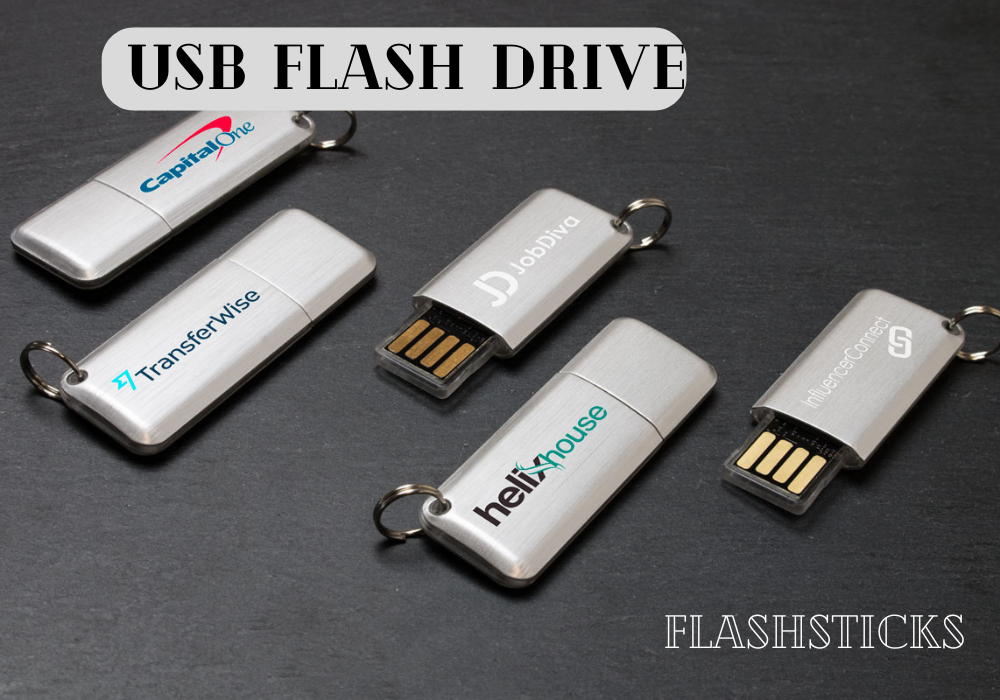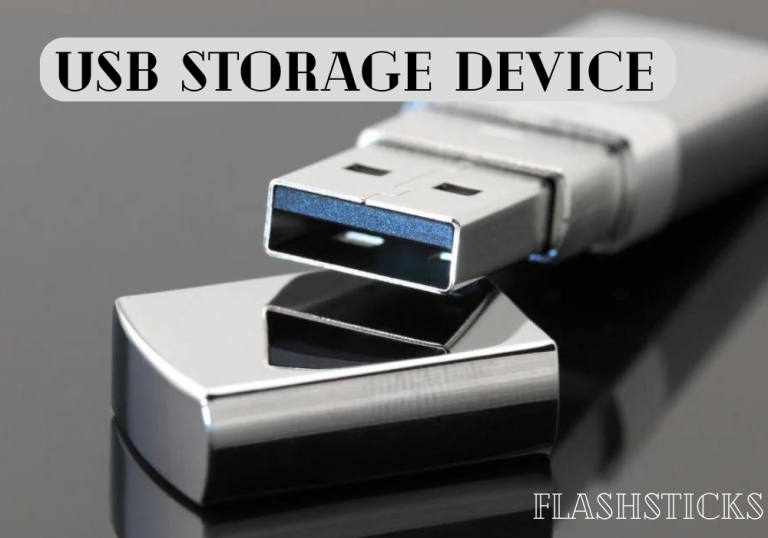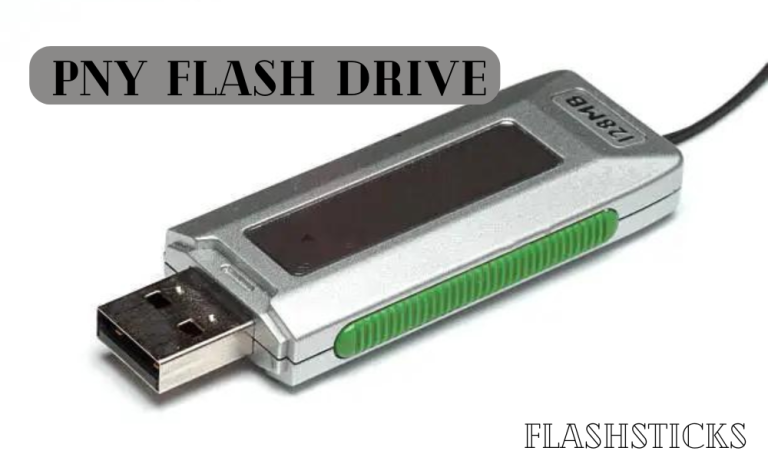What is a USB stick used for?
“`USB sticks, also known as flash drives, thumb drives, or pen drives, have become an essential part of modern-day digital storage solutions. Thanks to their portability, high capacity, and ease of use, USB sticks are employed for various purposes. If you’re new to this technology or simply want to explore the myriad ways you can utilize a USB stick, this comprehensive guide is for you.
Common Uses of USB Sticks
USB sticks can serve a variety of functions. Here are some of the most common uses:
- Data Storage: The primary use of USB sticks is for file storage. Users can easily store documents, photos, videos, and other types of files.
- Data Transfer: Transferring data from one computer to another is a breeze with USB sticks. This is particularly useful for large files that are difficult to share over the internet.
- Software Installation: USB sticks can be used to install software applications, especially in cases where the installation file is too large to download or when an internet connection is not available.
- System Recovery: Many people use USB sticks to create bootable drives for operating system installations or recovery tools.
- Media Player: Some smart TVs and car audio systems support USB sticks for playing music, videos, and photo slideshows.
Enhanced Uses of USB Sticks
Beyond the basics, there are some advanced ways you can use USB sticks:
- Portable Applications: Run software directly from a USB stick without installing it on your computer. Examples include portable versions of web browsers, office suites, and games.
- Encrypted Storage: Protect sensitive data by using encryption software. Some USB sticks come with built-in encryption features for enhanced security.
- Virtual Machines: Run a virtual machine image from a USB stick, making it a handy tool for developers and IT professionals.
Benefits of Using USB Sticks
| Benefit | Description |
|---|---|
| Portability | USB sticks are small and lightweight, making them easy to carry anywhere. |
| Convenience | They are plug-and-play devices, eliminating the need for additional software. |
| Versatility | From data storage to running applications, they serve various functions. |
| Durability | USB sticks are more durable than CDs and DVDs due to their solid-state design. |
Practical Tips for Using USB Sticks
- Always eject your USB stick properly before removing it to avoid data corruption.
- Use a USB stick with adequate storage capacity for your needs. If you plan to store large files, opt for a higher capacity stick.
- Keep your USB stick secure by using a lanyard or keychain attachment.
- Use protective caps or cases to safeguard the USB connector from dust and damage.
Facts About USB Sticks
- The first USB stick was invented in 1998 and had a storage capacity of just 8 MB.
- USB 3.0 sticks are up to 10 times faster than their USB 2.0 counterparts.
- The world’s smallest USB stick is smaller than a paperclip and can store several gigabytes of data.
Conclusion
USB sticks are invaluable tools in today’s digital world. Their versatility, convenience, and portability make them suitable for a wide range of purposes, from simple data storage and transfer to more complex uses like running applications and virtual machines. By understanding their capabilities and how to use them effectively, you can maximize the potential of your USB stick and make it an essential part of your everyday tech toolkit.
“`







